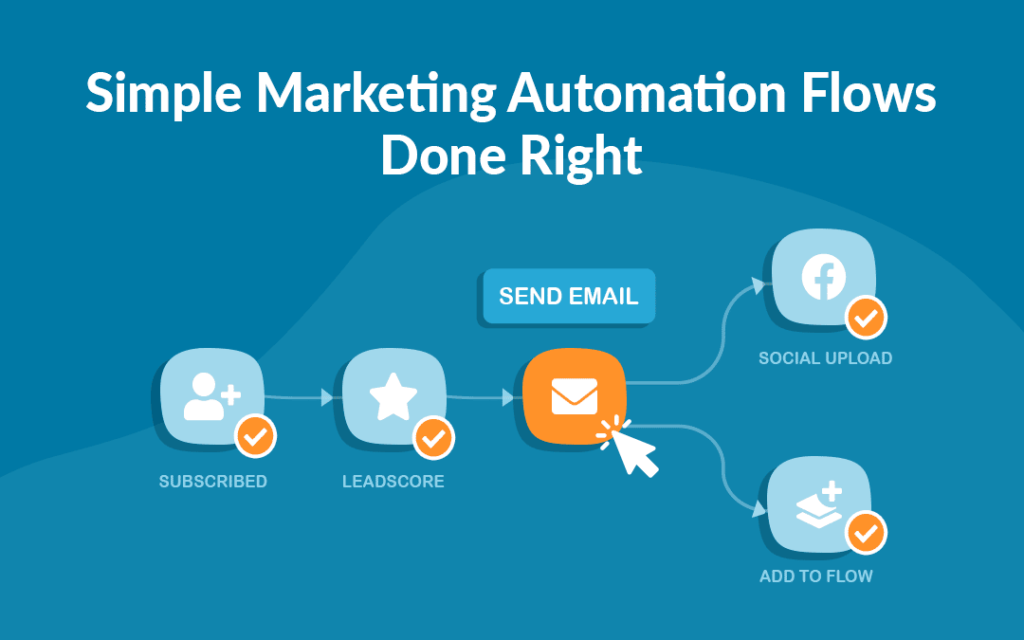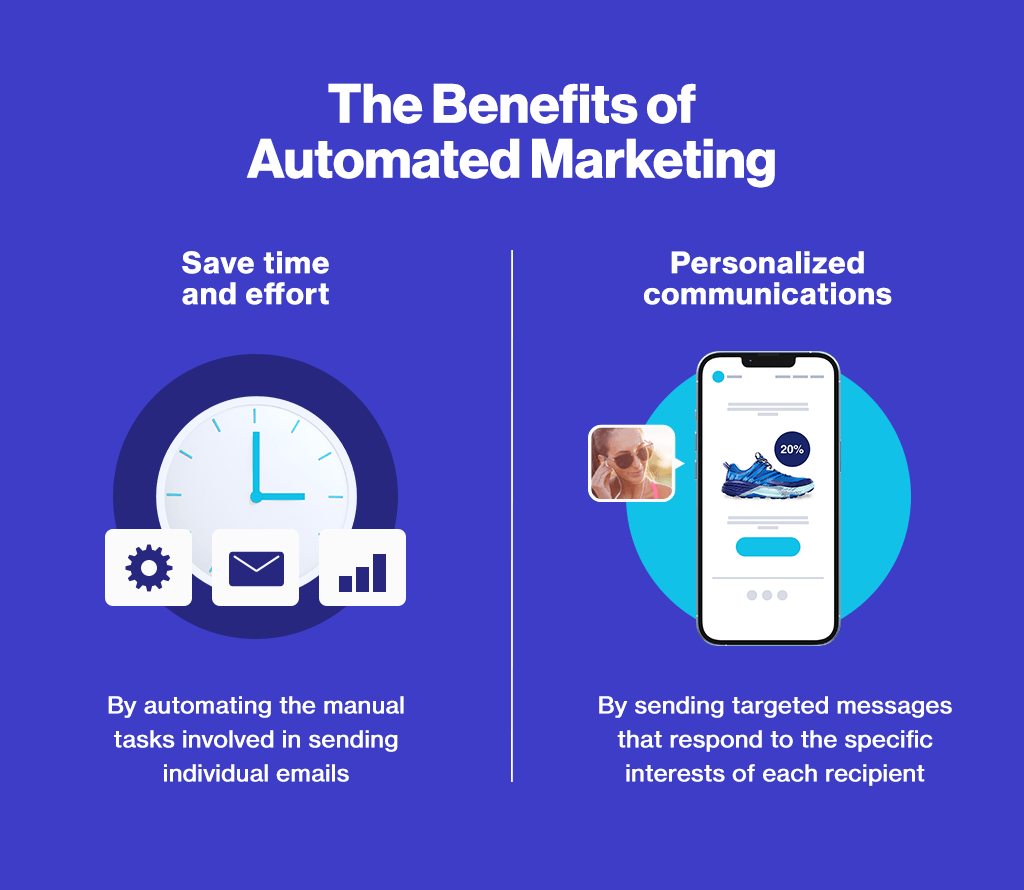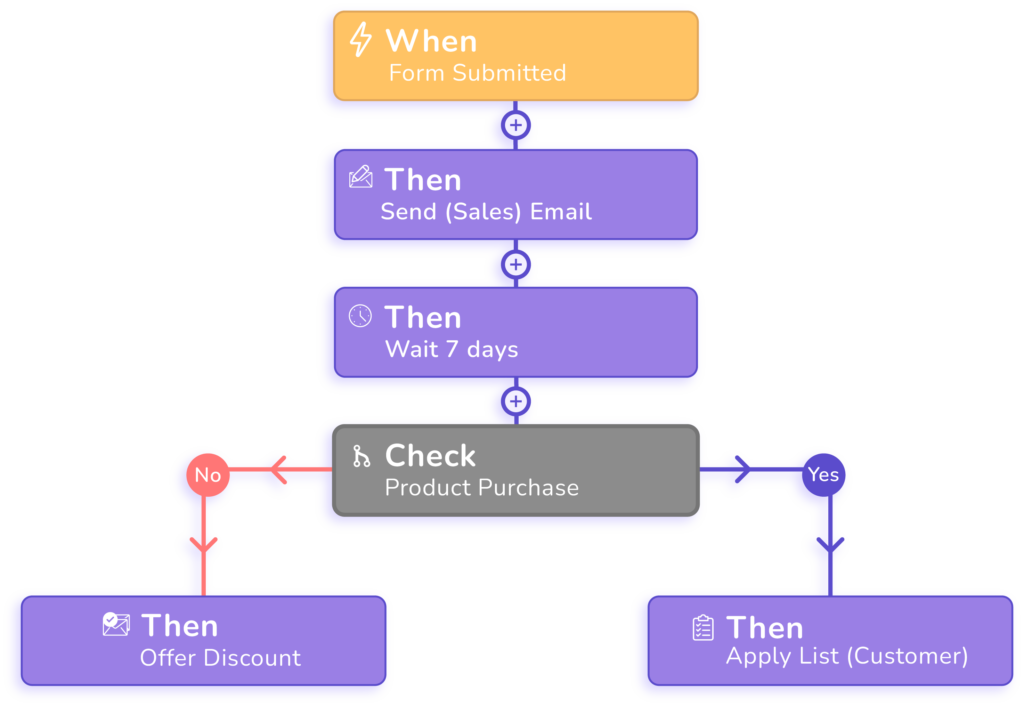
In the ever-evolving world of digital marketing, one channel consistently delivers results: email marketing. But managing emails manually? That’s time-consuming, error-prone, and nearly impossible to scale—especially for small teams or growing businesses. Enter: email marketing automation.
Email automation allows businesses to send timely, personalized, and relevant emails to subscribers—without lifting a finger each time. Whether you’re nurturing leads, welcoming new customers, or re-engaging past buyers, automation can save hours of work while driving real results.
Let’s explore what email marketing automation is, why it matters, and how you can use it to grow your business more efficiently.
What Is Email Marketing Automation?
Email marketing automation is the process of using software to automatically send emails based on predefined triggers, behaviors, or actions. It eliminates the need to send emails manually while still keeping your communication timely and personalized.

Common triggers include:
- A new subscriber joins your list
- A customer abandons their cart
- A subscriber clicks a specific link
- A certain date, like a birthday or renewal reminder
Instead of blasting the same message to everyone, automation lets you send the right message to the right person at the right time—which is the golden rule of marketing.
Why Use Email Automation?
1. Save Time and Boost Productivity
Once you set up an automated workflow, it runs on its own—saving hours of repetitive tasks. You can focus on strategy, content creation, and growing your business while automation handles the busywork.
2. Improve Customer Experience
Automated emails are timely and relevant. A welcome email arrives instantly. A thank-you message is delivered after a purchase. These personalized touches make customers feel valued and engaged.
3. Increase Engagement and Conversions
Automated emails often outperform standard newsletters in terms of open rates, click-through rates, and conversions. Why? Because they’re based on user behavior and intent—not guesswork.
4. Scale Your Marketing Efforts
Whether you have 100 or 10,000 subscribers, automation ensures consistency. It’s like having a full-time marketer working 24/7 in the background.
Key Types of Email Automation You Should Set Up
1. Welcome Series
Your welcome email is your first impression—don’t waste it. Instead of sending just one message, set up a series that:
- Thanks them for subscribing
- Introduces your brand and mission
- Highlights popular content or products
- Encourages the next step (follow, shop, book, etc.)
These emails build trust and set expectations from the beginning.
2. Abandoned Cart Emails
If someone adds items to their cart but doesn’t complete the purchase, don’t let that sale slip away. Abandoned cart emails can remind them—and even offer a discount to complete the order.
Example flow:
- Email 1 (1 hour later): Friendly reminder
- Email 2 (24 hours later): Product benefits + social proof
- Email 3 (48 hours later): Offer incentive (discount or free shipping)
These campaigns can recover 10%–15% of lost sales!
3. Post-Purchase Follow-Up
Customer loyalty is built after the sale. Use automation to:
- Thank them for their purchase
- Offer tips on using the product
- Request a review or referral
- Cross-sell complementary products
This is how you turn one-time buyers into repeat customers.
4. Re-Engagement Campaigns
If subscribers go cold, bring them back with a well-timed win-back campaign. These emails can say:
- “We miss you!”
- “Still interested?”
- “Here’s 10% off if you come back”
You can also let inactive users unsubscribe easily to keep your list clean and healthy.
5. Behavior-Based Emails
Segment your audience and send emails based on what they do:
- If someone downloads a lead magnet → Send related content
- If someone clicks on a product link → Send more info or offer
- If someone visits a service page multiple times → Invite them to book a consultation
This level of personalization drives engagement and trust.
Best Practices for Effective Email Automation
✅ Choose the Right Platform
Popular tools like Mailchimp, Klaviyo, ActiveCampaign, ConvertKit, and HubSpot offer user-friendly automation features. Choose based on your needs, integrations, and budget.
✅ Clean and Segment Your Email List
Segmentation ensures that people receive emails that are relevant to them. Group subscribers by interests, behaviors, demographics, or buying stage.
✅ Write for Humans, Not Robots
Just because it’s automated doesn’t mean it should sound robotic. Write in a conversational tone, use their name, and make the email feel personal.
✅ A/B Test Your Workflows
Test subject lines, email content, CTAs, timing, and frequency. Use the data to continually improve your automation performance.
✅ Monitor Performance Metrics
Track:
- Open rates
- Click-through rates
- Conversion rates
- Unsubscribes
- Revenue generated
Use these insights to tweak your content and optimize your campaigns over time.
Real-World Results from Email Automation
Here are a few powerful stats that highlight just how effective email marketing automation can be:
- Automated emails generate 320% more revenue than non-automated emails (Campaign Monitor)
- Welcome emails have an average open rate of 82%
- Abandoned cart emails have an average conversion rate of 10.7%
- Marketers who use segmented campaigns see a 760% increase in revenue
These numbers aren’t just impressive—they show that automation works when done right.

Final Thoughts
Email marketing automation is one of the smartest moves a business can make to save time, boost efficiency, and drive serious results. Whether you’re just getting started or looking to scale your existing campaigns, automation gives you a powerful edge.
Remember: Start small. Optimize continuously. Focus on your audience’s needs. With the right tools and strategy, you can create an automated system that nurtures leads, builds customer loyalty, and grows your revenue—on autopilot.